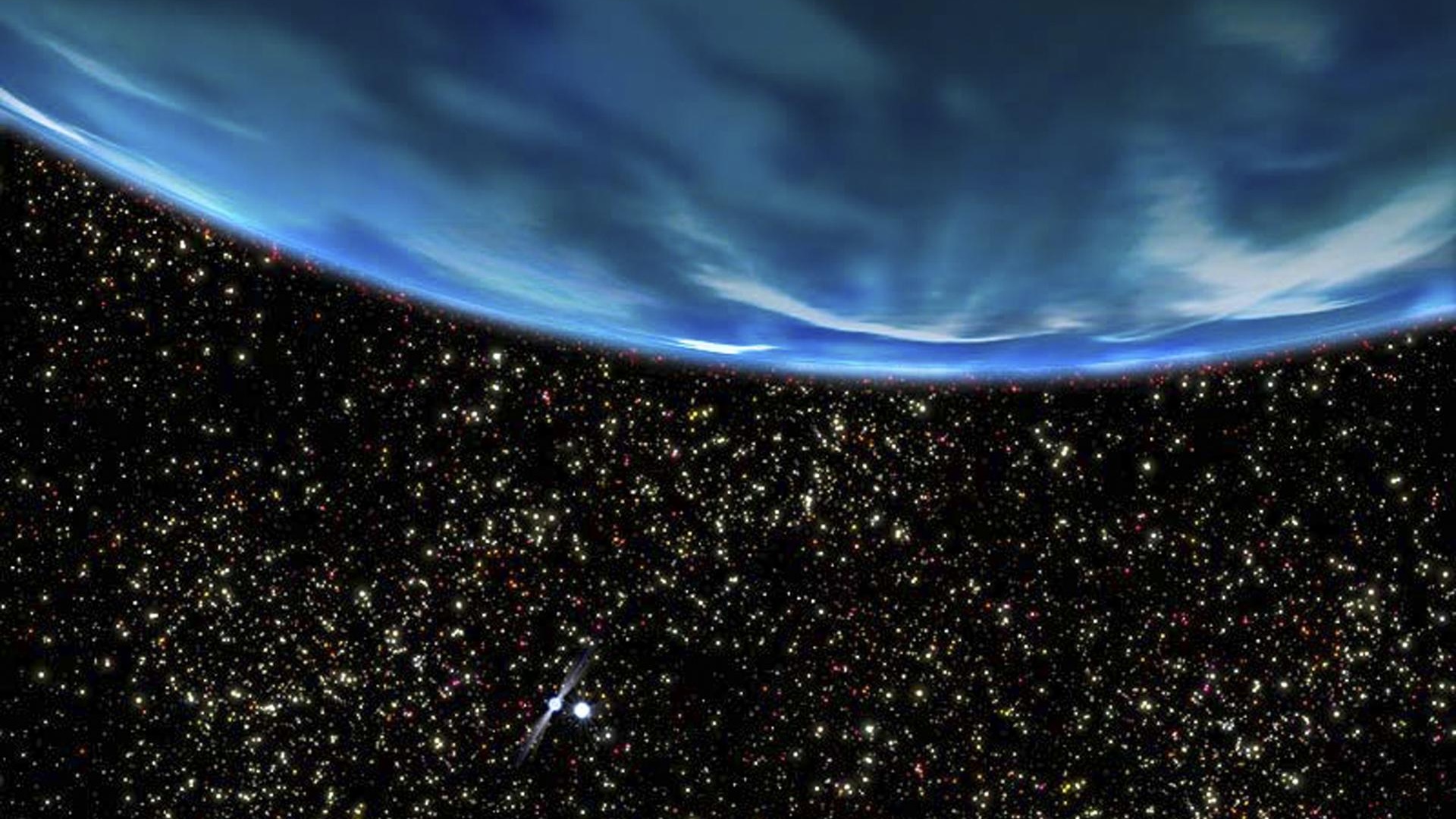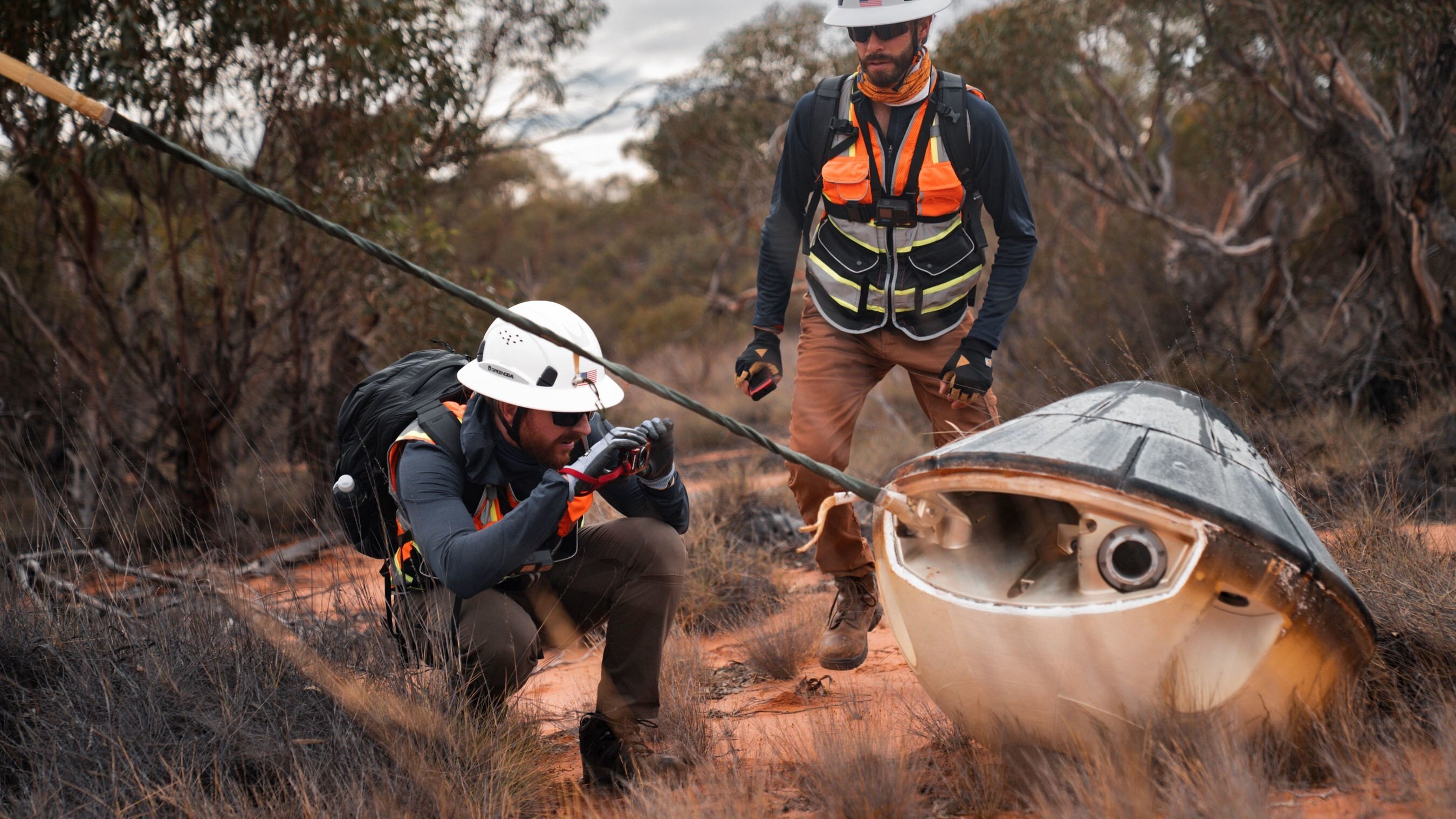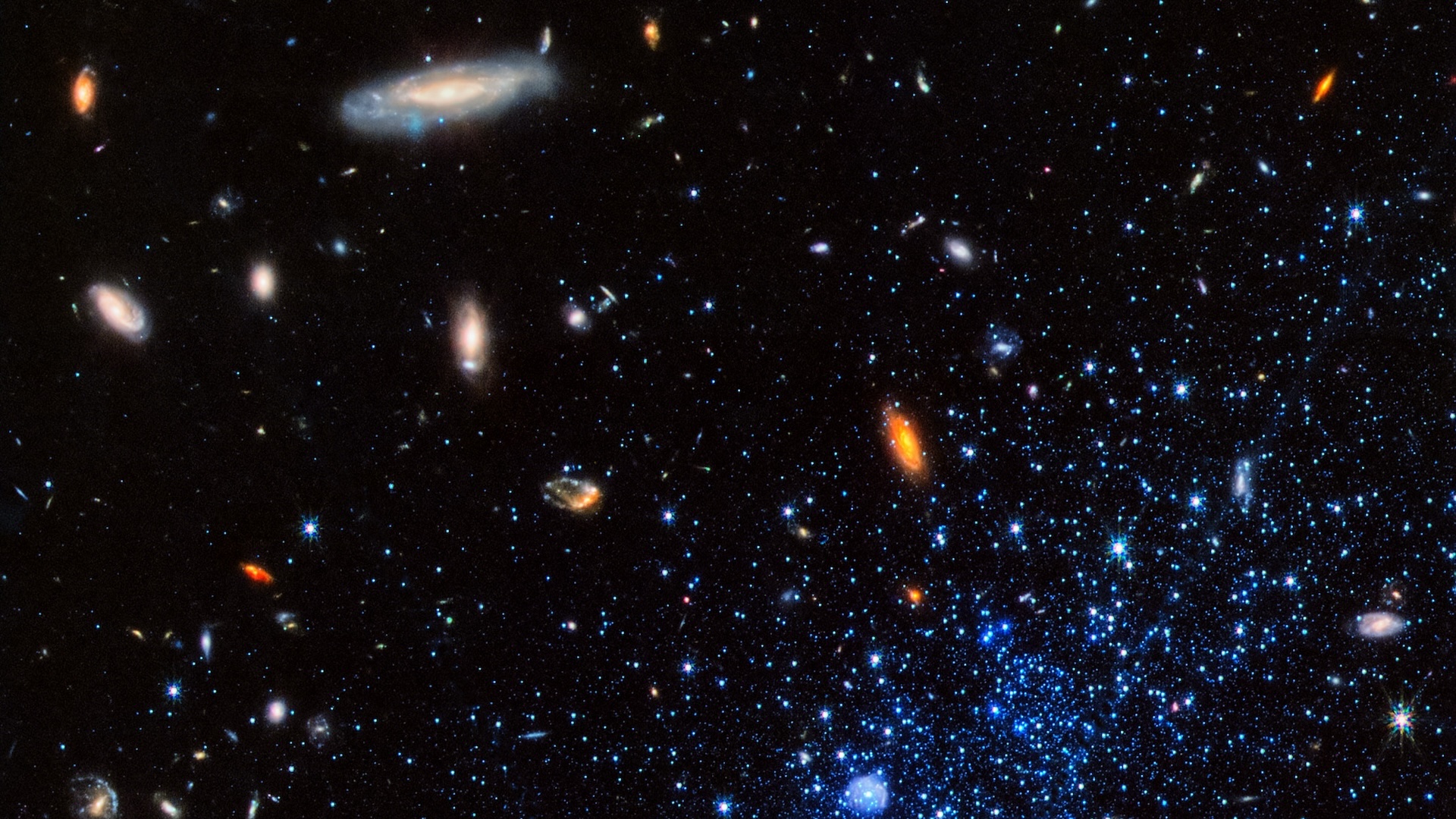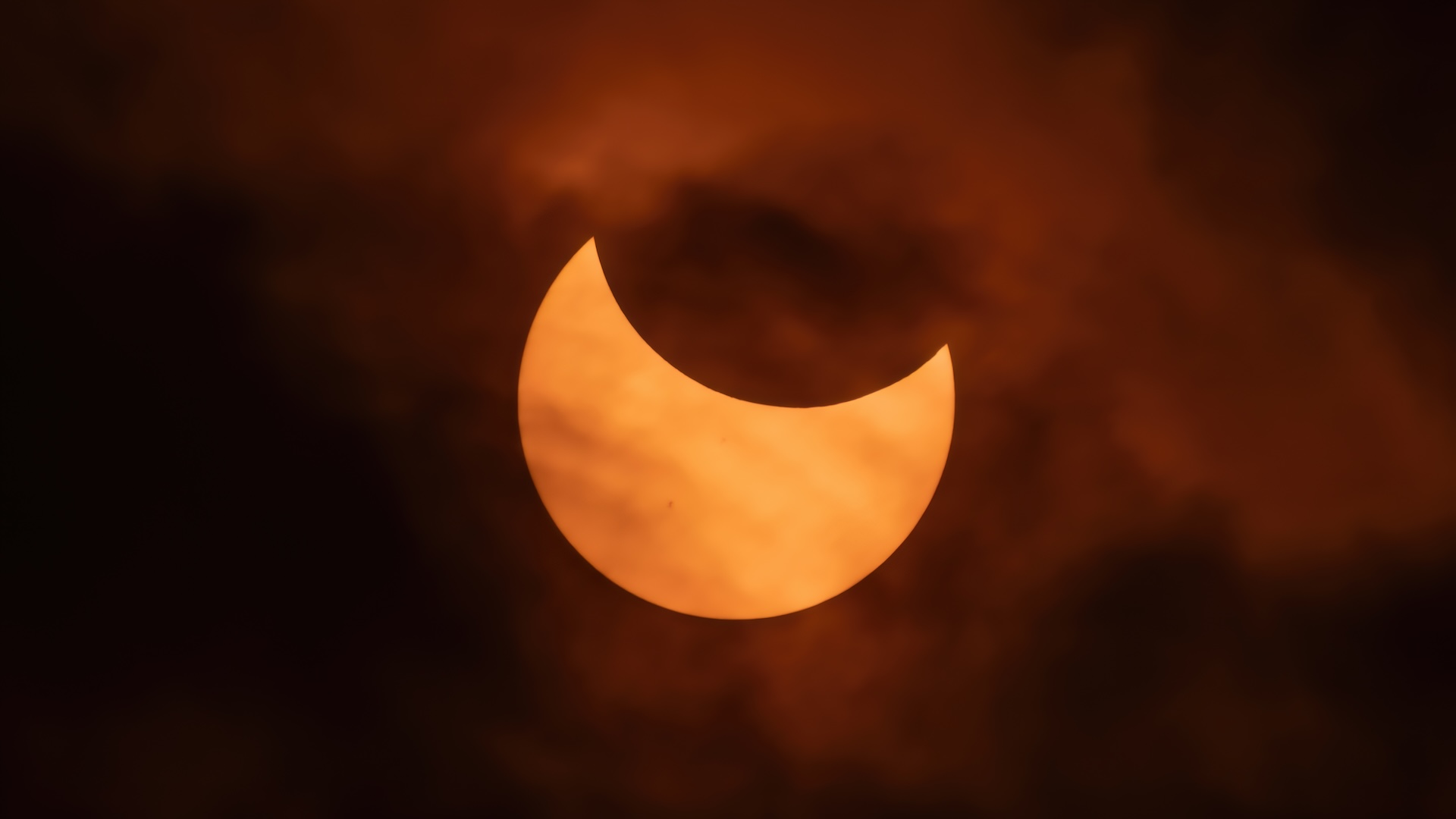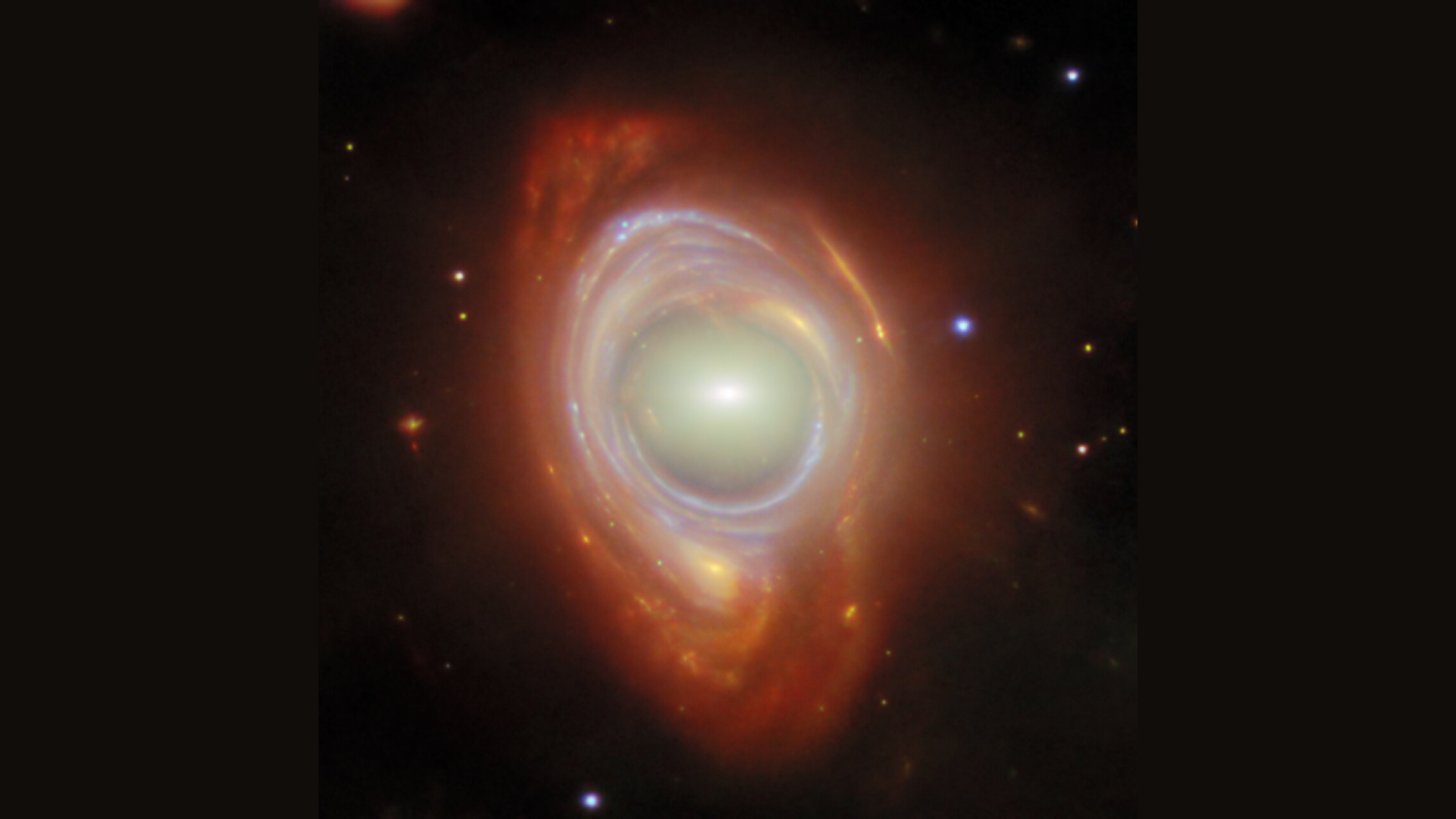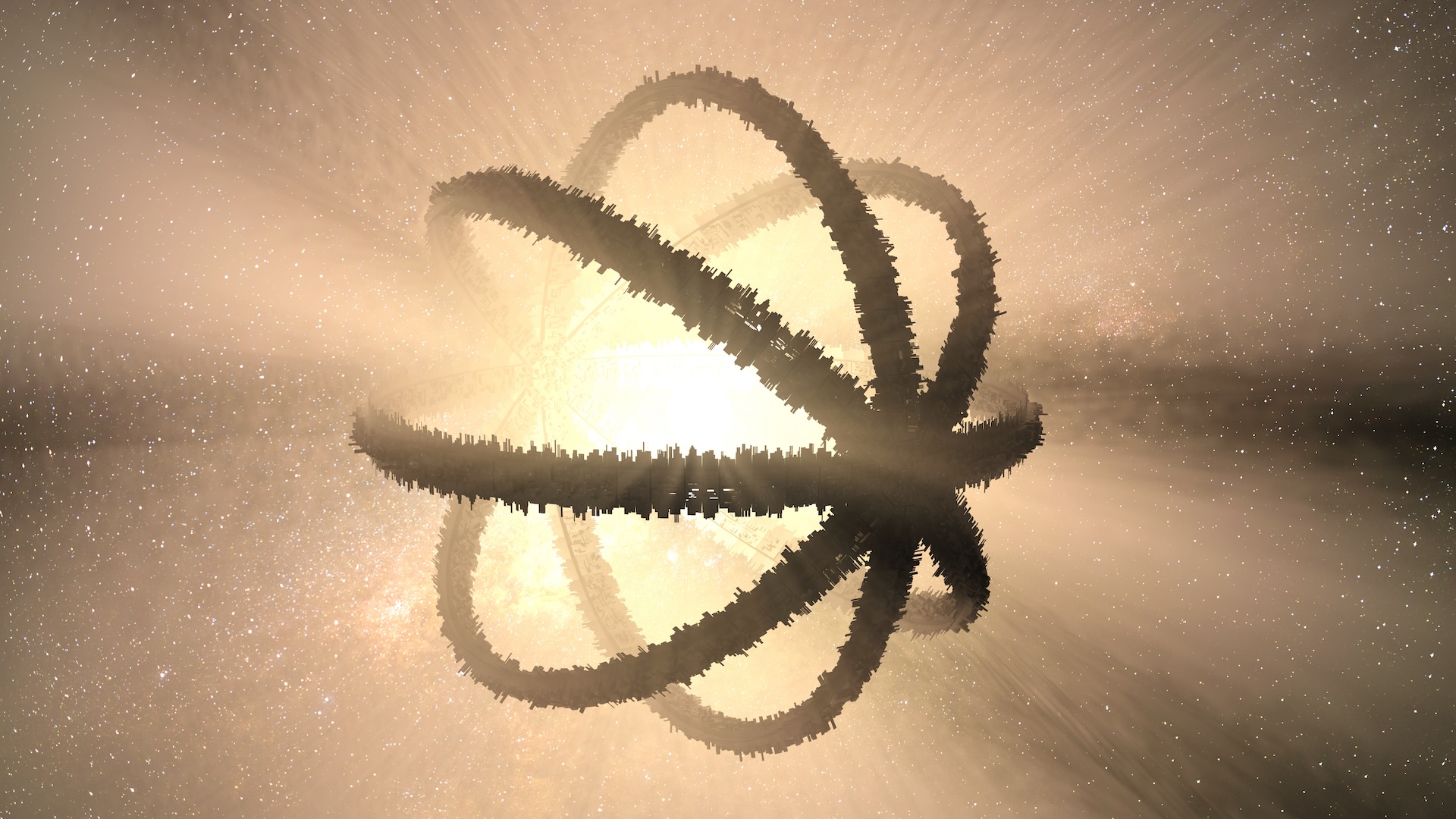Space news, features and articles
Explore Space
Editor's Picks
Latest about Space
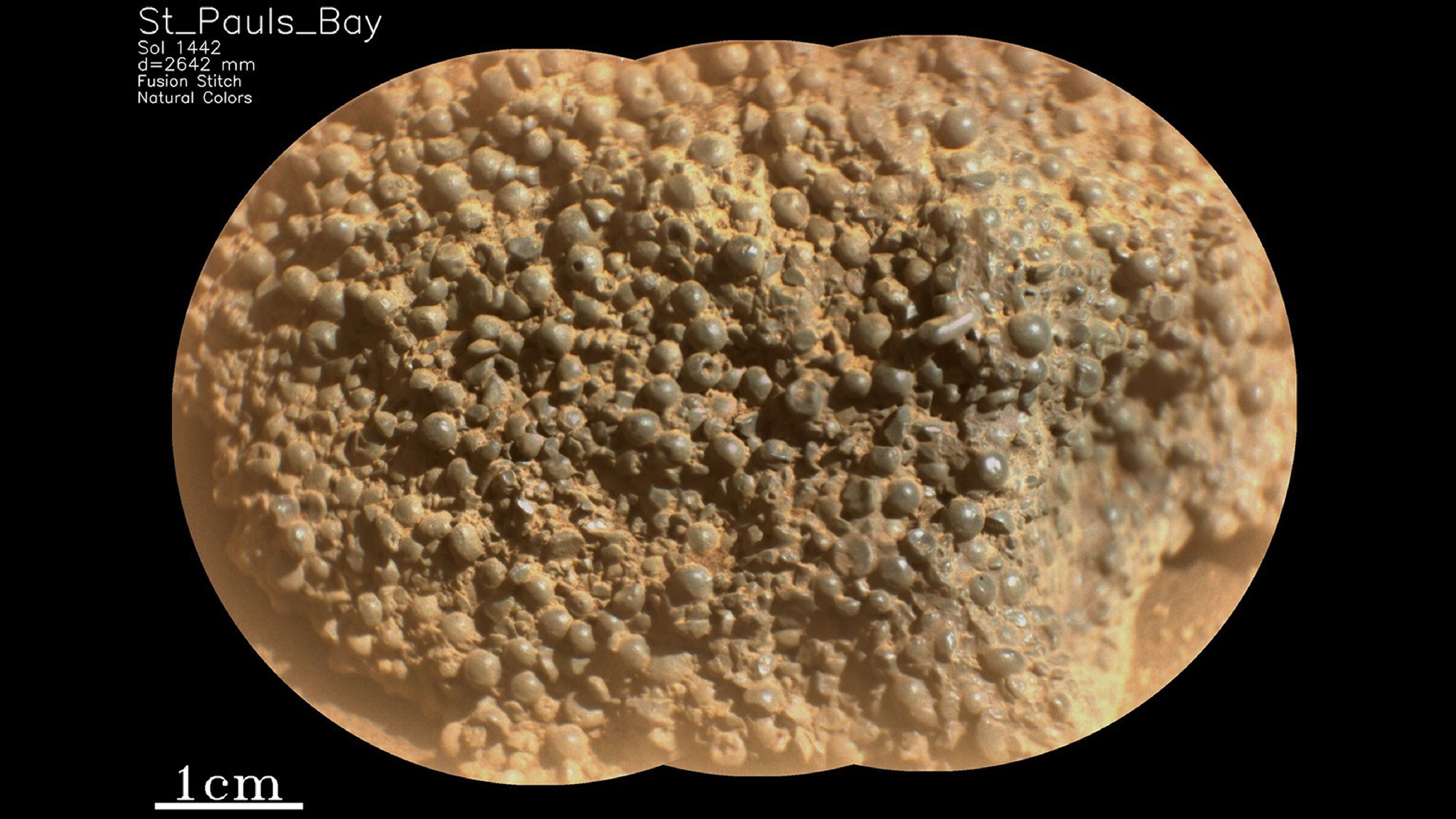
Perseverance rover spots peculiar 'spider egg' rock on Mars — and scientists have no idea how it got there
By Damien Pine published
On March 11, NASA's Perseverance Mars rover spotted a mysterious rock made of hundreds of tiny spheres that resemble spider eggs. Studying its formation could help us look for fossilized remains of microbial life on Mars.

China now has a 'kill mesh' in orbit, Space Force vice chief says
By Josh Dinner published
"That capability gap is significantly narrowed, and we've got to change the way we're looking at space, or that capability gap may reverse and not be in our favor anymore."
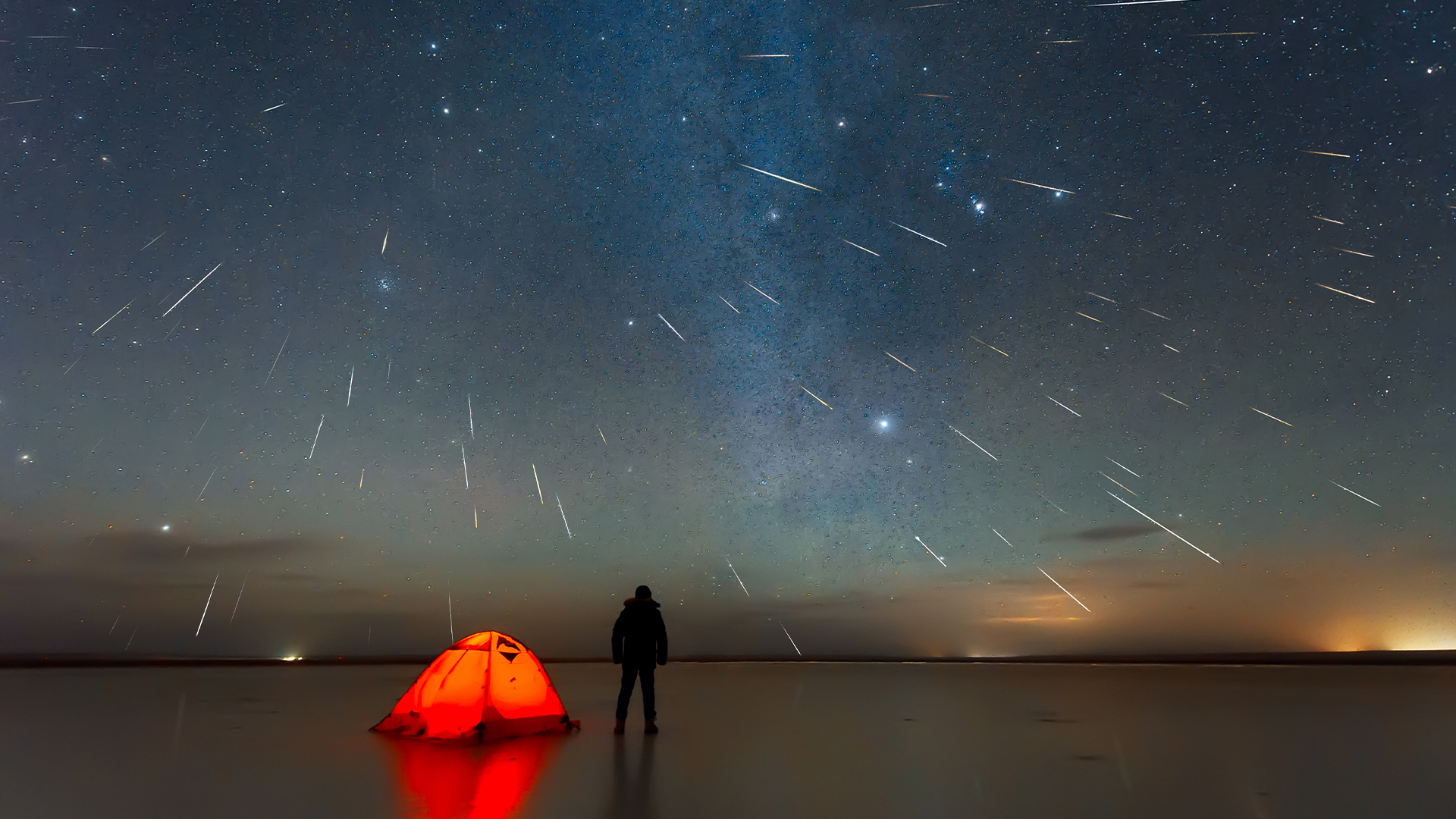
How to photograph a meteor shower
By Jacob Little published
Everything you need to know to photograph a meteor shower, from choosing the right time to camera settings, and some advanced techniques for creating meteor images you can be proud of.
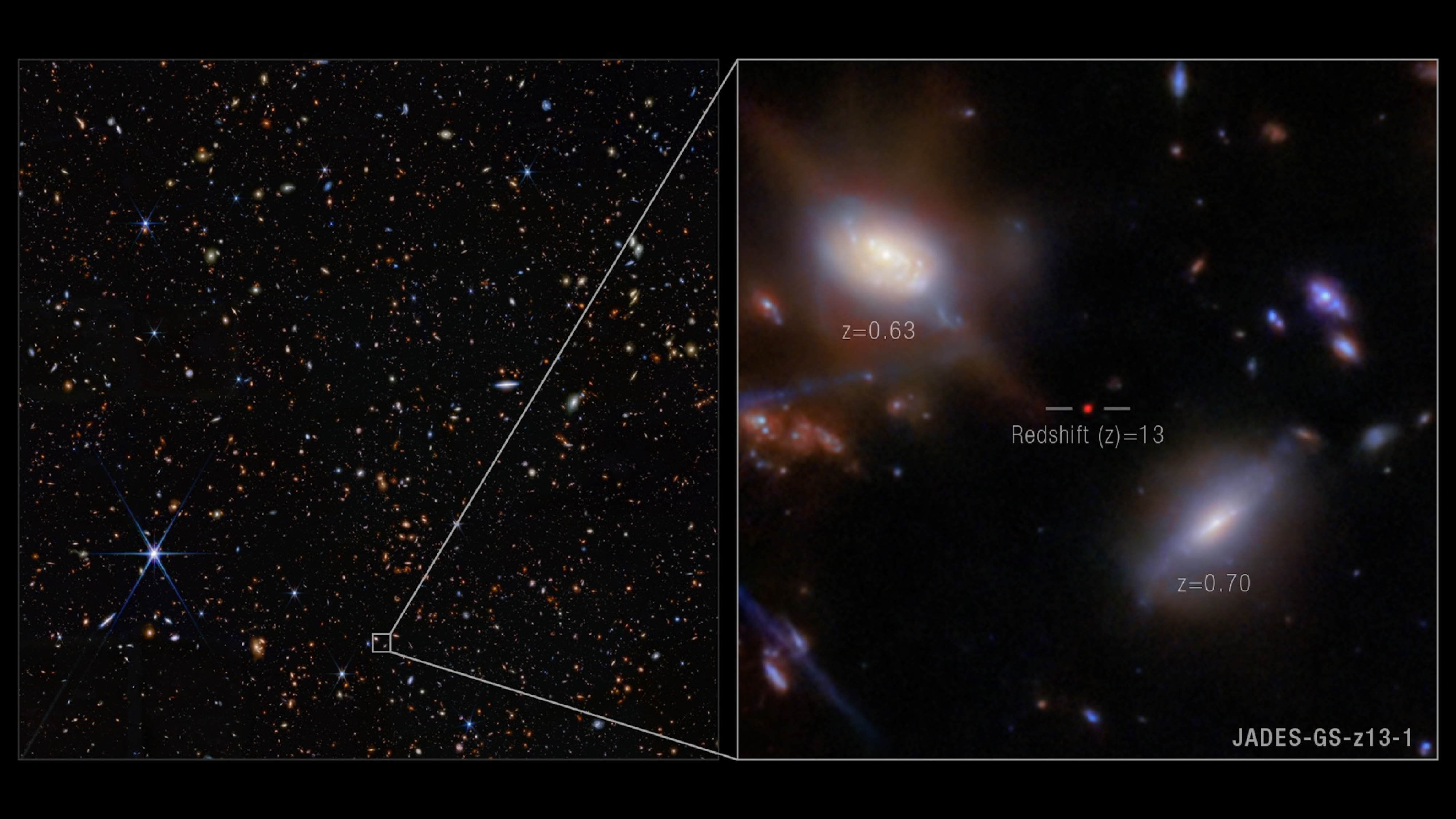
'Totally unexpected' galaxy discovered by James Webb telescope defies our understanding of the early universe
By Skyler Ware published
Scientists studying one of the earliest known galaxies using the James Webb Space Telescope have found that the universe's Era of Reionization may have occurred much earlier than previously thought.
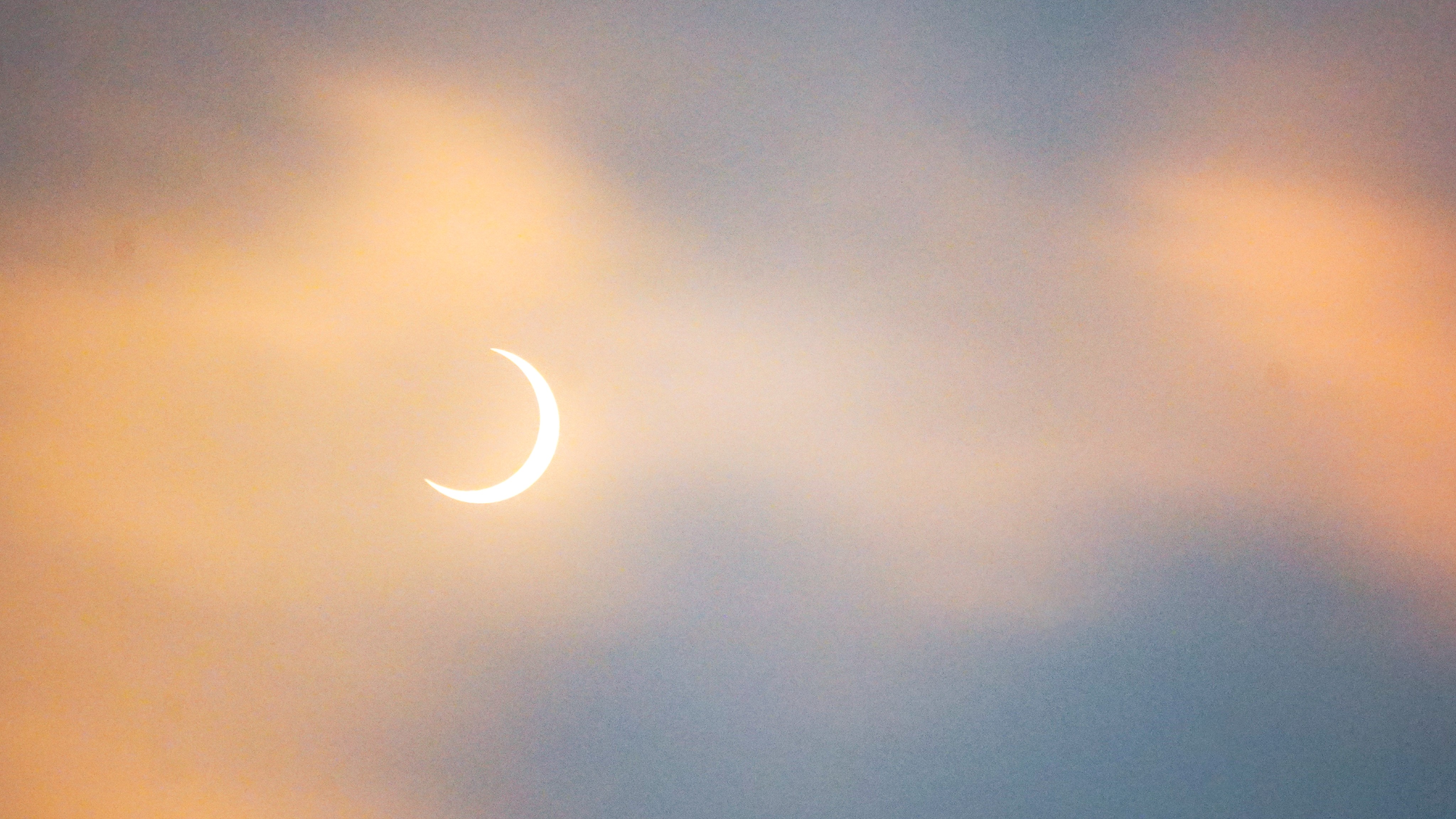
March 29 solar eclipse: Don't miss the rare sunrise solar eclipse over North America tomorrow
By Jamie Carter last updated
A dramatic sunrise solar eclipse tomorrow (March 29) will be the first one visible in North America since April 2024. Here's how to get the best view of the partial eclipse before it ends.
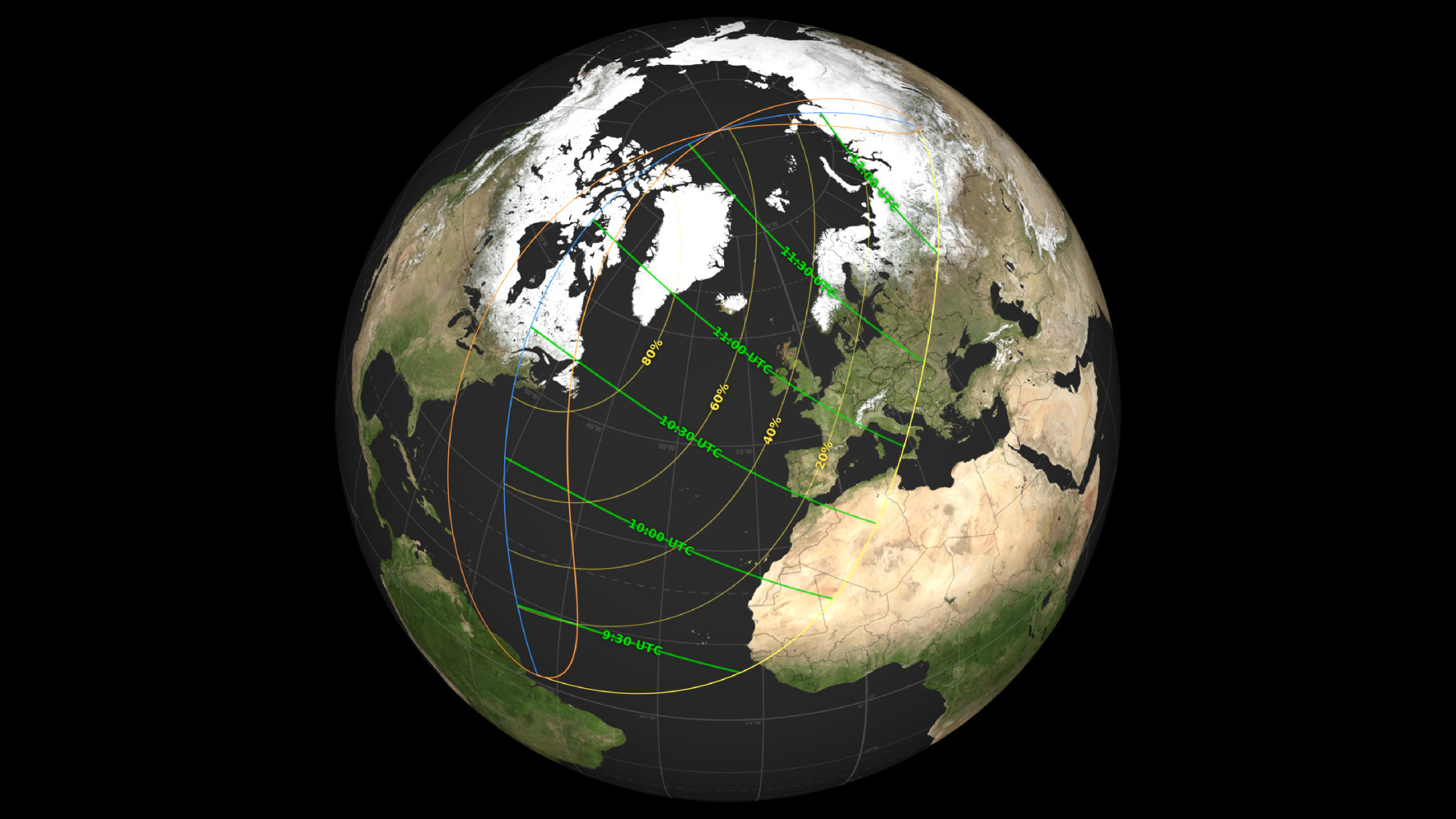
Eclipse map: What will tomorrow's solar eclipse look like from your state?
By Jess Thomson last updated
A NASA map shows the regions across the Northern Hemisphere where tomorrow's partial solar eclipse will be visible, how much of the sun will be blocked out, and what time the eclipse will hit its peak.
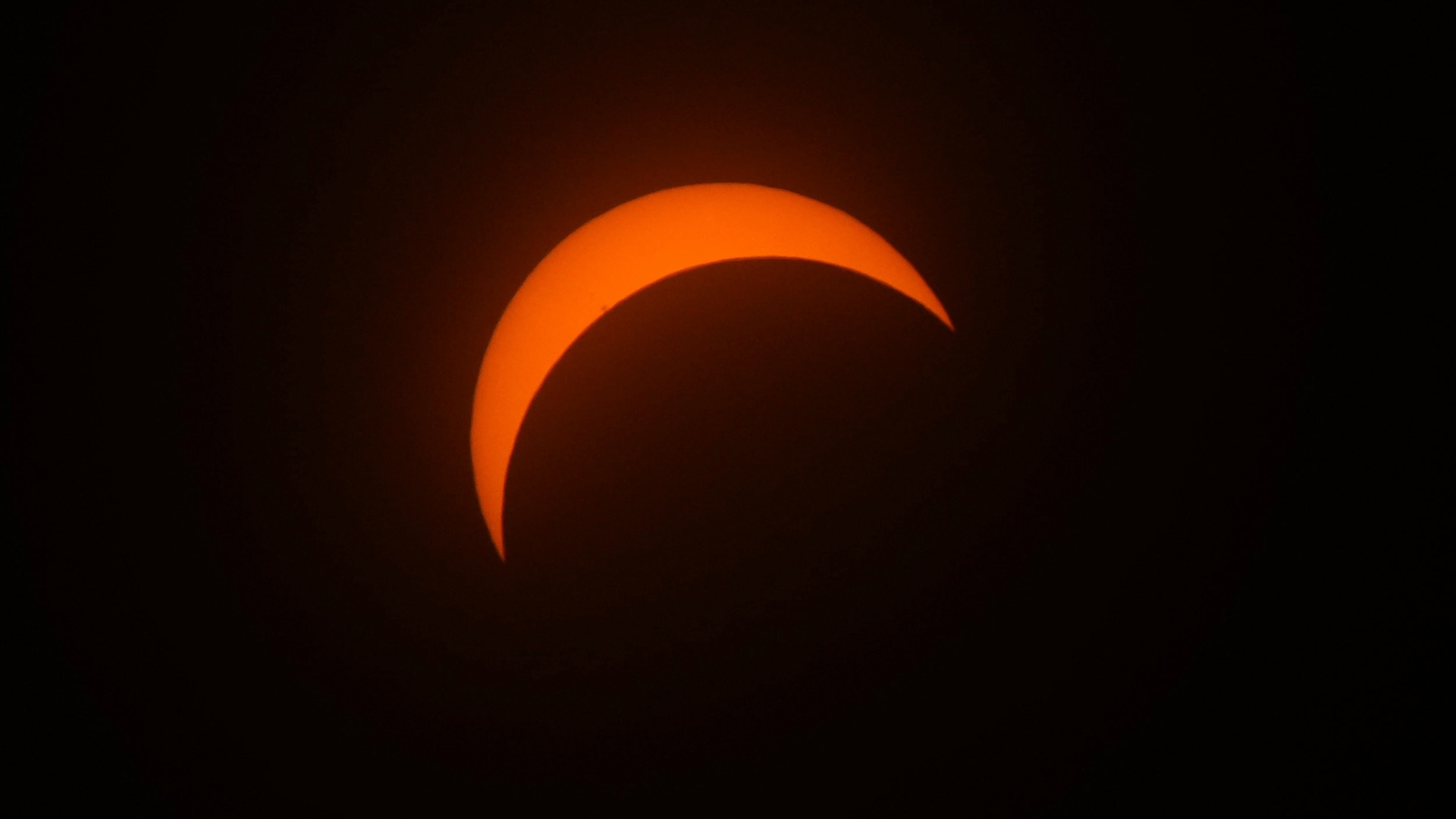
Which states will see the solar eclipse tomorrow — and which will see a 'double sunrise'?
By Jamie Carter last updated
Tomorrow, March 29, North America will witness its first solar eclipse since April 2024. Here are the 13 states where you'll be able to see it.
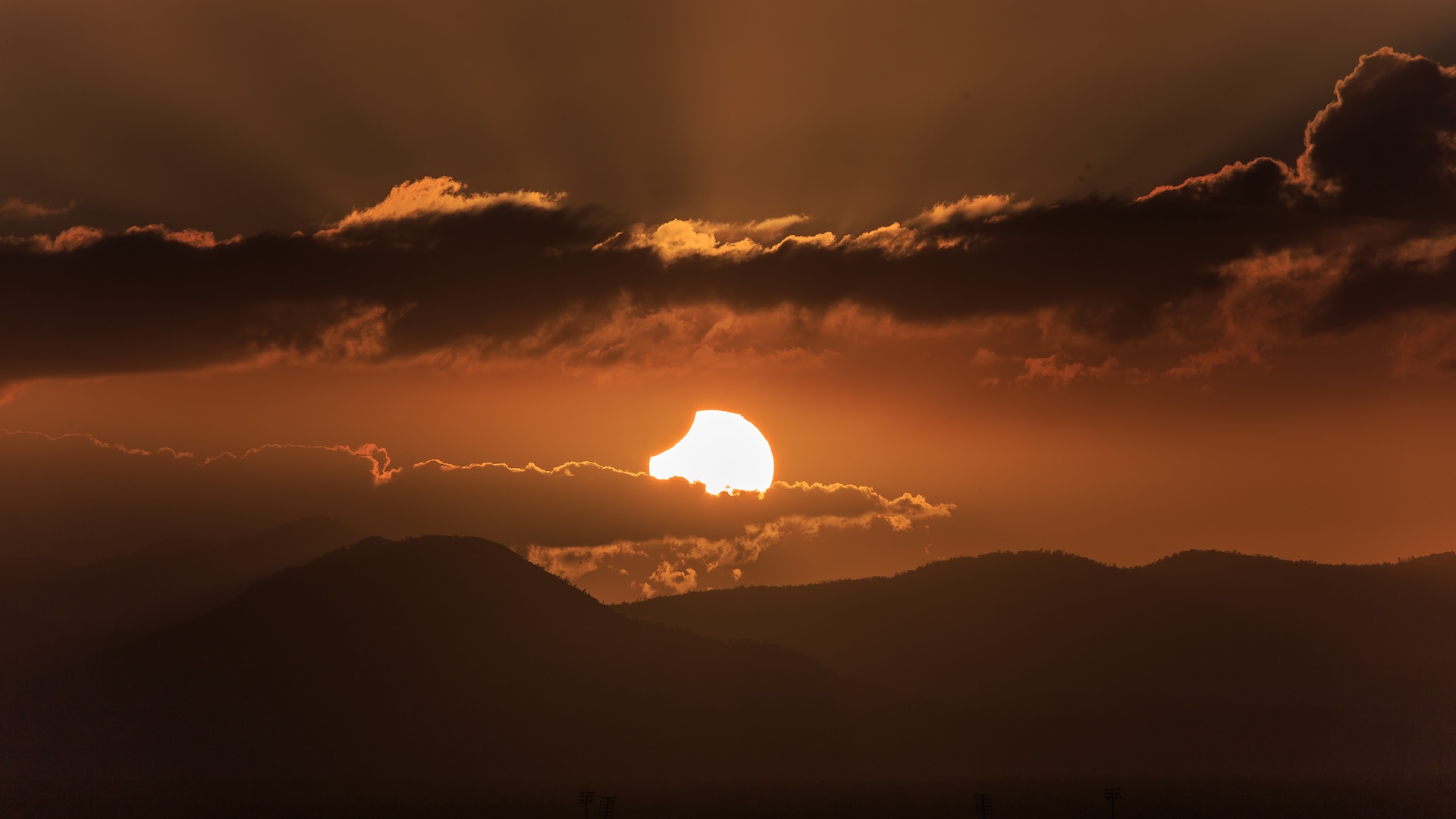
What time does the solar eclipse start tomorrow?
By Jamie Carter last updated
Tomorrow (March 29, 2025), a deep partial solar eclipse will be seen at sunrise in North America and midmorning in Europe. Here's what time to watch the celestial spectacle unfold.
Sign up for the Live Science daily newsletter now
Get the world’s most fascinating discoveries delivered straight to your inbox.
